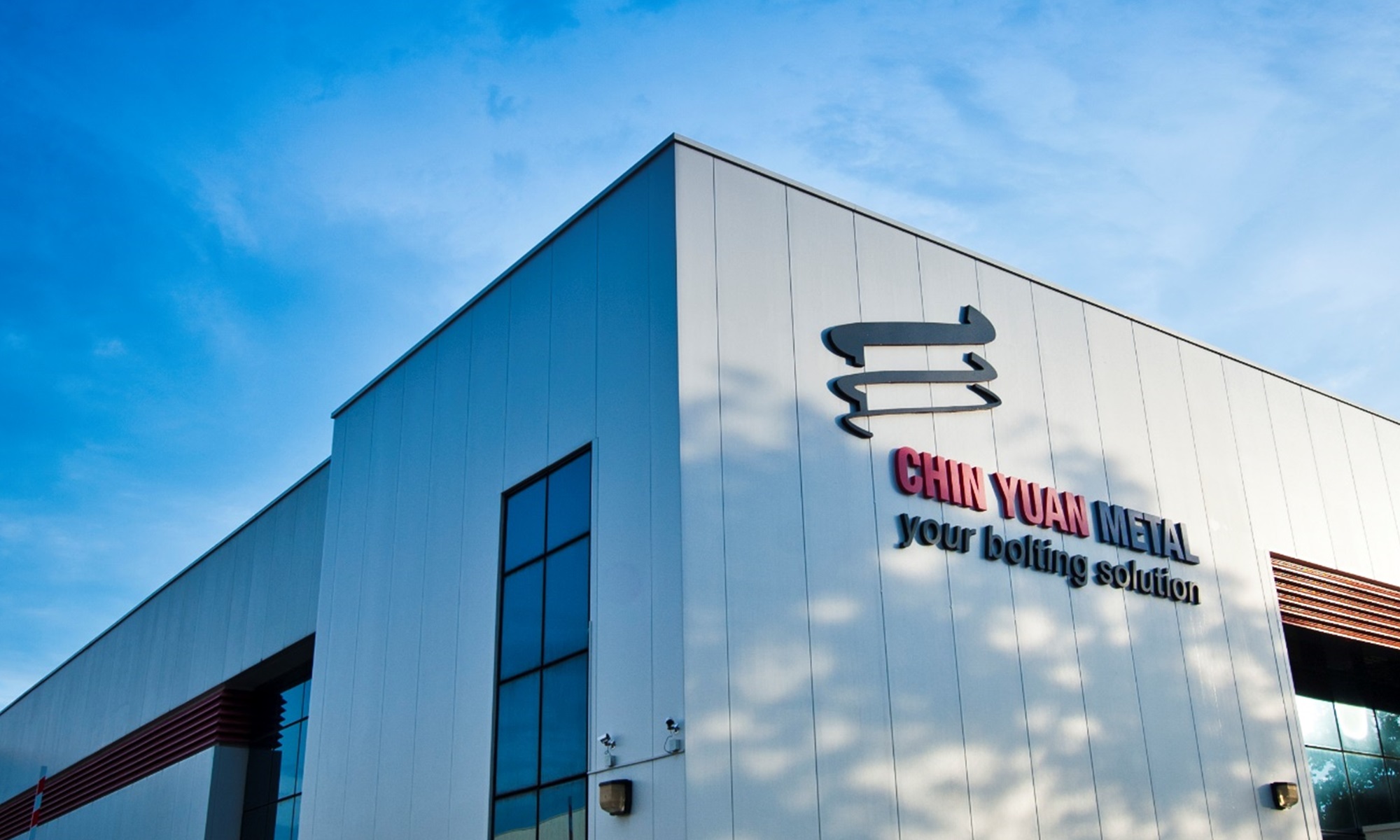Engineering Essential: ASTM A193
In the choice for quality and sturdy anchor bolts for various construction and hardware needs, it is best to look for an anchor bolt supplier that will suit your industrial needs. The materials desired for certain projects should be taken into consideration and coincidentally, it should provide the most of it, coupled with the safety standards as per ASTM reference. ASTM or the American Society for Testing Materials is the worldwide standards organisation that sets voluntary consensus technical standards for materials, products, services and systems.
The Strength Of ASTM A193
Anchor bolts have a lot of types and designs. In fact, a lot of anchor bolt suppliers offer wide array of materials needed for them to fit into structures and concretes, from skyscrapers to engine powered plants. ASTM A193 variety is the steel alloy and steel bolting material used for flanges, fittings and pressure vessels specifically for special applications such as high pressure services.
Thus, to ensure its strength, iron steels should be heated properly according to the required temperature of its kind. After such, the material is rolled and forged, thereby allowing it to cool down lower than the temperature during the transformation range. The steel must not have any other combined element in order to achieve the specified grade of steel by the ASTM standards.
Other Properties Of ASTM A193
In engineering and other industrial applications of anchor bolts, rust resistance and high ductility are the most important among other properties. To guarantee first-class rust resistance of the fuse root, it has protection from the atmosphere by an inert gas shield upon welding and succeeding cooling stage. The gas shield should be limited around the root of the weld by a dam, which must have continuous gas flow all the way through the parts of the steel.
A wide range of proprietary pastes and backing materials are offered can be used to protect the root rather than using a gas shield. In some applications where corrosion and oxide coking of the weld root is not of high regard such as in large stainless steel, no gas backing is required.
